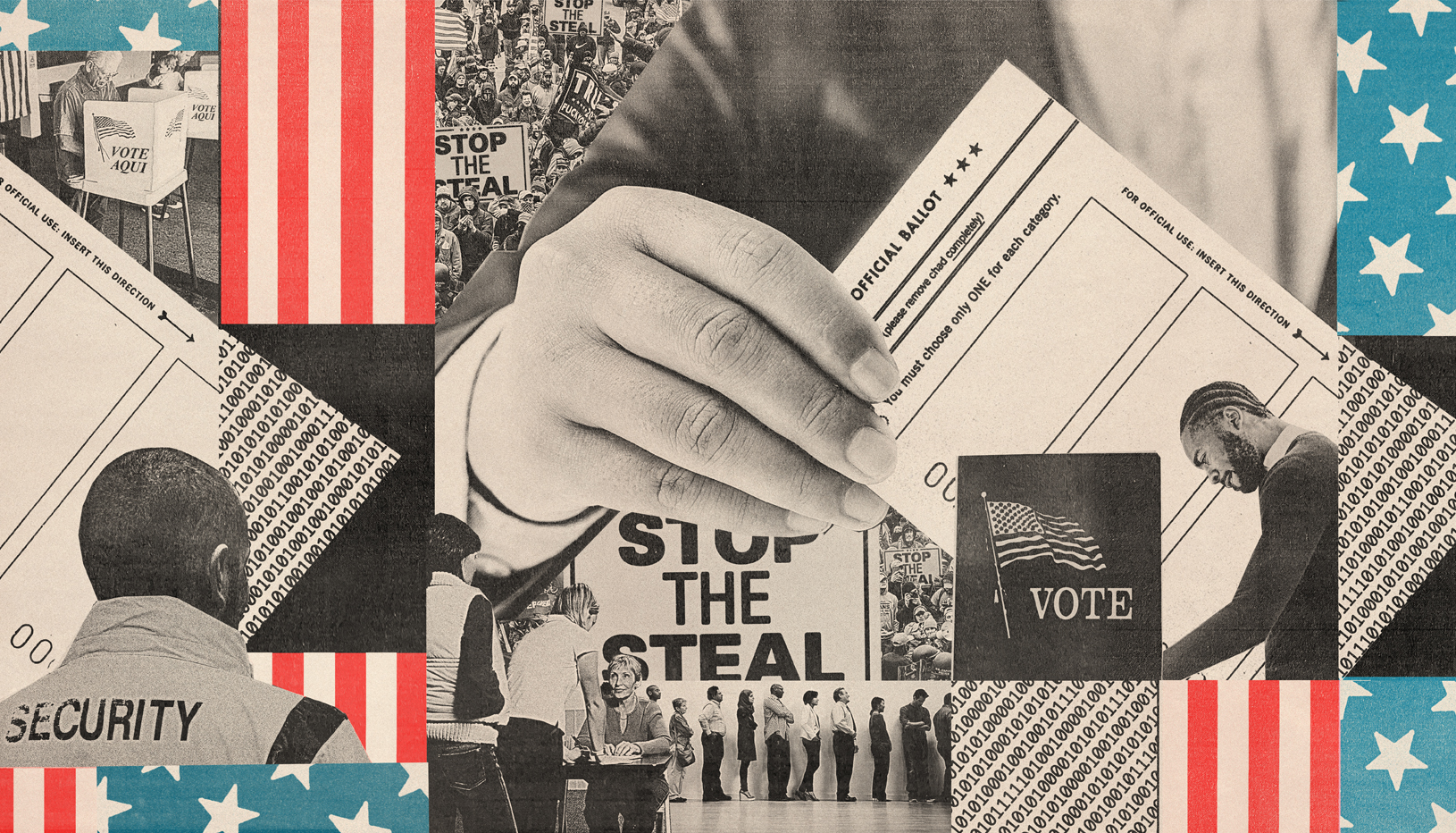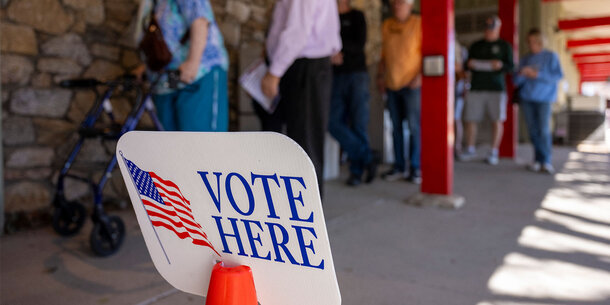America’s voting machines are rapidly aging out. All but a handful of states are currently using voting equipment that is no longer manufactured. Jurisdictions that use machines that are no longer produced face heightened security risks and challenges when trying to maintain them, including difficulty finding replacement parts.
In 2018, 41 states used equipment that was at least 10 years old, increasing the risk of failures and crashes. Technological glitches can lead to long lines and lost votes on Election Day. And older machines can pose unacceptable security risks, because they were not tested to current security standards or are running on unsupported software that does not receive security patches. With foreign interests attempting to hack U.S. voting infrastructure, including machines and registration databases, upgrading these systems is critical to protecting the integrity of our elections.
Poor ballot design and instructions can also contribute to problems at the polls, such as long lines, confusion, and lost votes — tens of thousands in nearly every election year. These issues disproportionately affect low-income voters, new voters, and elderly voters. The Brennan Center’s research outlines simple measures election officials can take to cure these design defects and ensure every voter can cast a ballot that counts.
The Brennan Center has researched America’s voting machine crisis and identified ways to make equipment more accessible, secure, and easy to use. We proposed a national clearinghouse of machine problems that could help catch failures before they happen, better prepare poll workers for Election Day issues, and ensure all votes are counted accurately and fairly.









